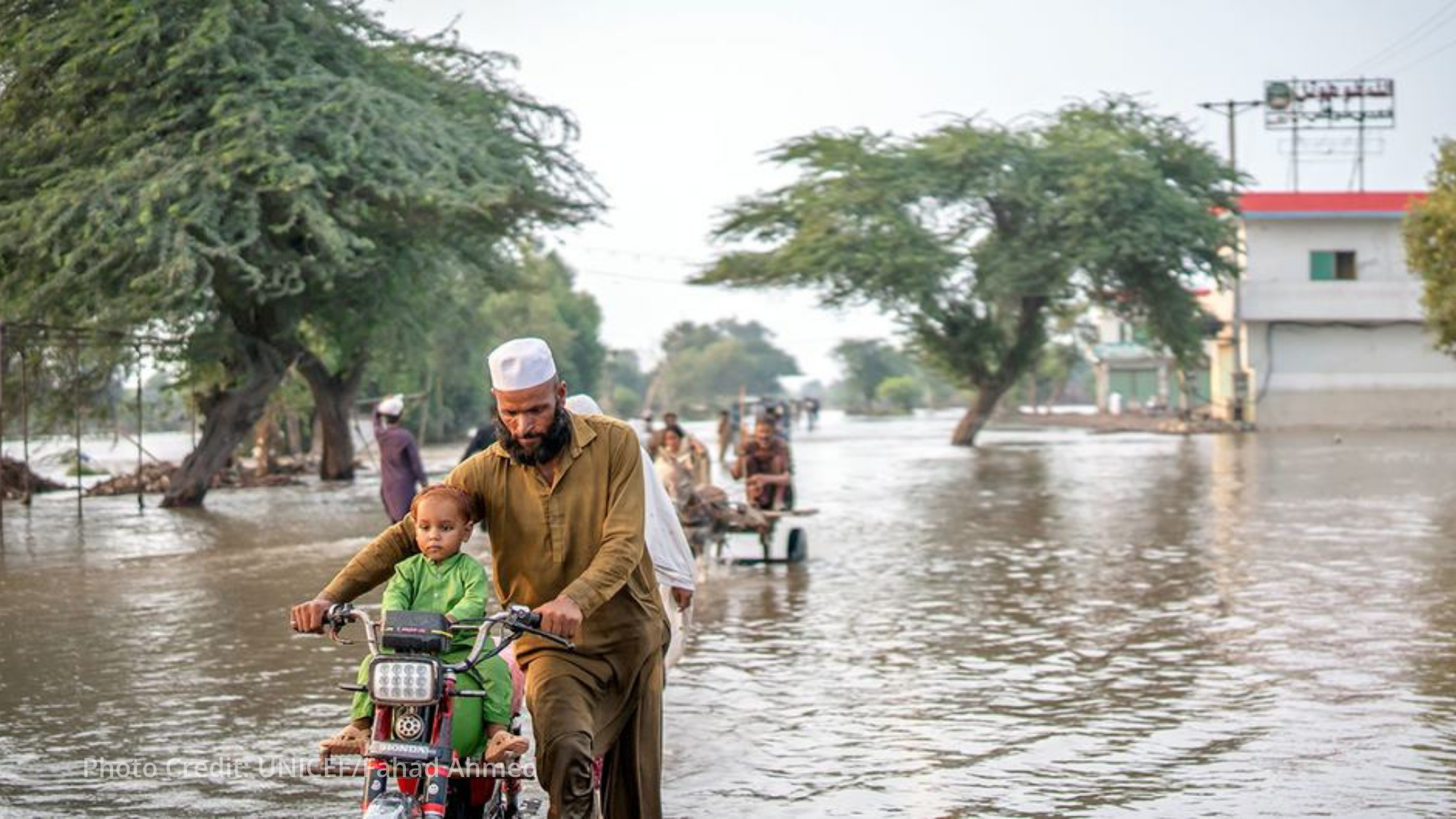Disasters cost the global economy nearly $2 trillion per year when indirect effects are included, UN Secretary-General António Guterres warned on International Day for Disaster Risk Reduction. The staggering figure reflects wider social and ecosystem losses beyond direct damage from earthquakes, floods, storms, droughts, and heatwaves.
Direct disaster costs alone have more than doubled this century, jumping from $70-80 billion annually between 1970-2000 to $180-200 billion today, the UN Office for Disaster Risk Reduction reported. This year’s observance carries the theme “Fund Resilience, Not Disasters” to highlight how most disaster costs could be prevented with proper planning and funding. In 2024 alone, nearly 46 million people were displaced by disasters – the highest number ever recorded.
Climate change is making disasters worse and more frequent across all regions, with no country immune from the growing threat. Guterres said disasters are “multiplying and amplifying – devastating lives and livelihoods, erasing decades of development gains in an instant.” International Organization for Migration chief Amy Pope noted that “wildfires in Europe and the Americas, and devastating earthquakes in Myanmar and Afghanistan prove that no country is immune, but the heaviest toll falls on communities already struggling with conflict, poverty, and hunger.” The 95% of direct costs in recent decades came from earthquakes, floods, storms, droughts, and heatwaves.
Different types of disasters hit different regions hardest. In South Sudan, annual floods submerge houses, farmland, and schools, forcing people to flee and worsening food insecurity. As a prevention measure, dykes have been built with International Organization for Migration (IOM) support to protect farmland and restore livelihoods when waters recede. Pope stressed that “the impact of disasters depends in large part on the choices we make, how strong our infrastructure is, how much we invest in prevention, and how well we protect the most vulnerable.” Every dollar spent on resilience saves many more in avoided losses while protecting the dignity of those most at risk.
The International Day for Disaster Risk Reduction, established in 1989, promotes global risk-awareness and celebrates how communities reduce their disaster exposure. This year’s call focuses on increasing disaster risk funding and developing risk-adapted private investment. Guterres said both public and private sectors must factor risk into every decision to minimize exposure and vulnerability to hazards. “We can continue to fund disaster response or we can invest in resilience,” Pope explained. The choice comes down to whether countries want to keep paying massive costs after disasters strike or invest upfront in prevention measures that cost far less and save lives.
Guterres concluded his message by urging action: “On this Day, let’s commit to meet surging risk with a surge in funds, and build a safer and more equitable future for all.” The call reflects growing recognition that disaster risk reduction remains severely underfunded despite its proven cost-effectiveness and life-saving potential.

